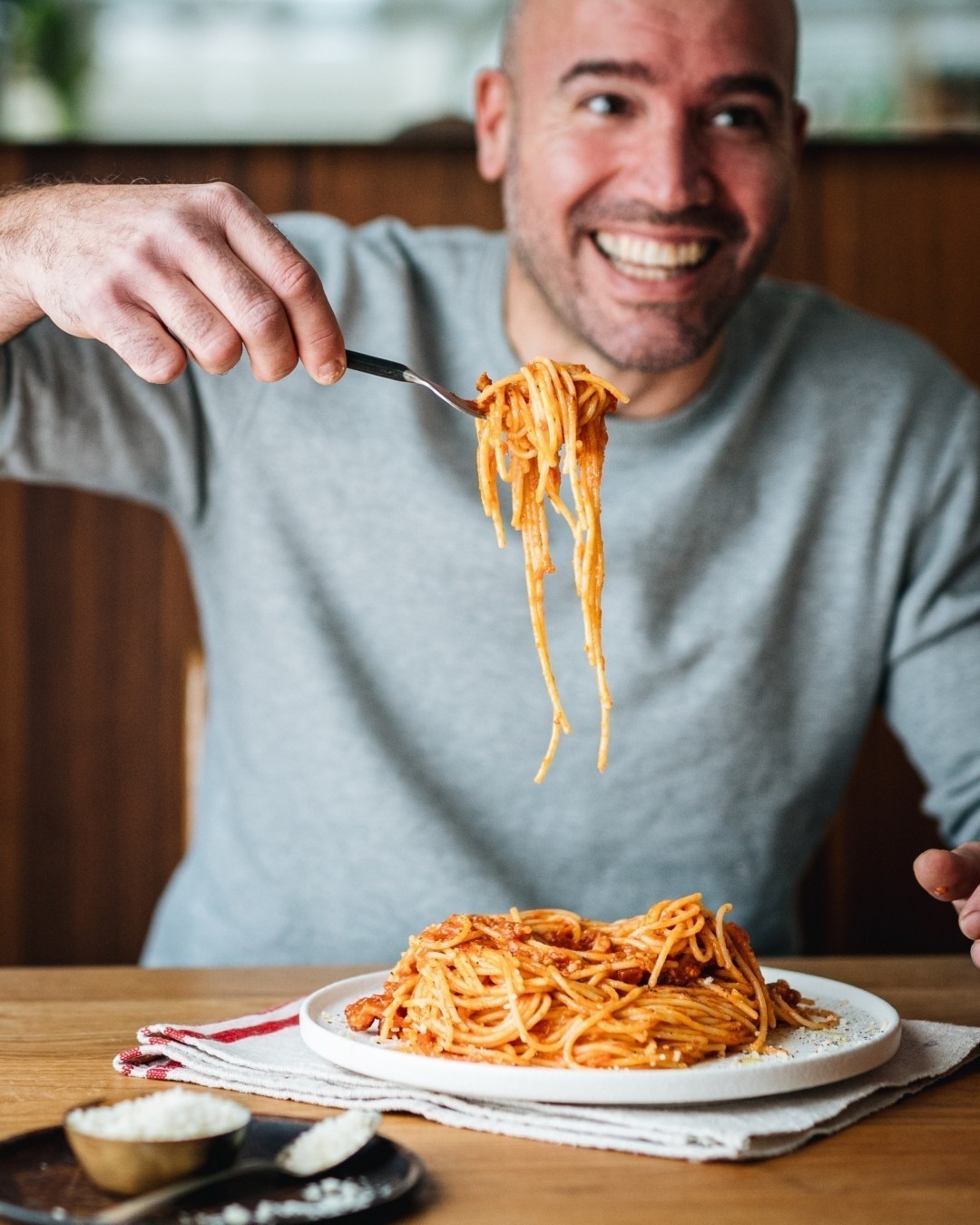10 dos and dont’s of cooking pasta
Pasta is one of the first dishes most people learn how to cook. It has the reputation of being a quick and easy dish to prepare. And yes, sure, anyone can boil some noodles and add sauce to them but it takes a lot more than that to make the perfect pasta dish, trust me! With these dos and don’ts, making pasta will still be easy and quick but you’ll also impress your guests.
1. Use enough water to cook your pasta, always
Fill a large pot of water when cooking your pasta. Just when you think you have enough water, add some more for good measure. This allows the pasta to cook evenly and not to clump together or stick to the bottom of the pot. And if you don’t have one already, get yourself a pasta pot. It doesn’t have to be expensive, it just needs to be big!
2. DO salt your boiling water generously
Once your water comes to a rolling boil, salt it generously. Use about one tablespoon per liter of water. You don’t need to fish out the measuring spoons, just approximate about a tablespoon of salt in the cup of your hand. This is the only chance you have in seasoning the pasta itself to avoid it tasting bland.
3. DON’T add oil to your cooking water
This is a really outdated belief that adding oil to the water prevents your pasta from sticking together. It is absolutely not true. All this does is prevent your sauce from sticking to your pasta. If you cook your pasta in enough water as I mention in the first point, your noodles will not stick together.
4. DON’T overcook your pasta
This is perhaps the most important point so listen up: no one likes a mushy, gummy pasta. You want your pasta to be cooked al dente, which means slightly firm to the bite. If you follow the time indication on the package, you should be ok.
5. DO stir your pasta
You want to stir your pasta when you first place it in the water and perhaps once or twice while it’s cooking to prevent it from clumping together. Otherwise, leave it alone and let it do its thing.
6. Please don’t rinse your pasta once it’s cooked
Rinsing the pasta will rinse away the starch that helps the sauce cling to the pasta. The only time you can rinse your pasta is when you’re making cold pasta salad.
7. Never throw away your pasta water
This is perhaps the most common mistake when cooking pasta. The water that the pasta cooks in is pure liquid gold. It’s full of starch that can help thin out your sauce if it’s reduced too much, emulsify a sauce like cacio e pepe or just add more moisture to your pasta. Always, always reserve a cup or two of the water in case you need it.
8. Pro tip: add the pasta to the sauce, not vice versa.
While your pasta is cooking, your sauce should be in a pot warming up (which brings up another point, please don’t add cold sauce to your hot pasta). Cook your pasta about 80% of the way in the boiling water then add it to the sauce to finish cooking. Finishing the cooking process in the sauce allows it to absorb the flavour as well as coat it in the sauce.
9. Choose the right pasta shape for each sauce
Although all pasta shapes theoretically taste the same, we do believe that certain shapes pair better with certain sauces, such as spaghetti for carbonara, paccheri with seafood, farfalle with asparagus and pancetta, macaroni for Italian-style mac and cheese, etc.
10. Pick a great pasta sauce, obviously
Finally, if you’re not making your sauce from scratch, choose a sauce that has real ingredients and nothing unpronounceable on its label, like the Stefano sauces for example. If our sauces taste like they were made by an Italian mamma, that’s because they are created using our Italian mammas’ recipes! They’re made with real ingredients without any preservatives or added sugar. Which ones are your favourites?
Pasta la vista, baby!






